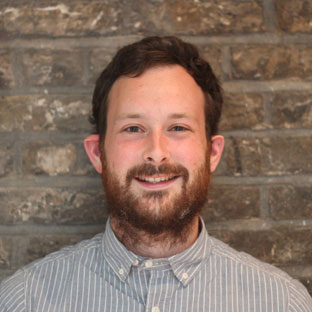This is a guest blog by Kate Swade of Shared Assets, reflecting on the Developing Socially Productive Places conference at the RSA, 2nd April 2014.
It is when the different worlds involved in developing place and community meet that really interesting conversations begin to happen. The “Developing Socially Productive Places” conference last week was a brilliant opportunity to bring different sectors together – developers, local authority officers, urban designers and social entrepreneurs. As one of the speakers said, we should all be talking to each other more: there should be more pub conversations about place and the built environment!
I had a niggling feeling all day, though, that there was something missing.
The conference seemed to take it for granted that the creation of places is going to be developer-led, with local authorities and the planning system playing a strategic and regulatory role. It is certainly taken as read that when we say “developer” we are talking about private, profit driven companies. But there are a different set of possibilities which open up if we take a different starting point.
Some private sector developers are excellent; committed to fostering quality of place and quality of life. It was heartening to hear British Land talking about their long-term approach to the Regents’ Place development and their commitment to involving local people. Developers bring investment, of course: they have access to the cash on the terms and at the scale necessary to make things happen – and to buy enough land to create a critical mass around a development. Chris Grigg, the CEO of British Land’s point that diversity of ownership can mean a piecemeal place was a good one.
Tim Dixon from Reading University’s presentation on measuring social sustainability was fascinating and offered an insight into the challenges of measuring something that doesn’t easily lend itself to quantification. This is where we can start to feel possibilities for socially productive places evaporate.
If we take the developer-led, private sector model as the blueprint for how we make places in this country then of course we need metrics to help us understand the impact that that is having on society, and on the environment. That is a big “if”.
If we accept the dominant idea that development will be motivated by profit for developers, we will always see the social (and, for that matter, the environmental) as things that are considered separately from the “real” business of development; as externalities that need to be managed.
Private sector developers are driven to maximise shareholder value. That is why they exist. For many, this means taking a relatively short-term view of the financial return on development: build and sell. It is shareholders who ultimately have the shortest profit horizon. (With computer algorithms dominating trading, the average share is held for 22 seconds).
Places built on the logic of a development appraisal tend to be homogenous and led by commercial property. While some developers are better than others, the crop of identical “unique landmarks” springing up all over London illustrates the cumulative effect of this shared logic.
We all know – and can feel – that good places, places where we want to be, which must be at the heart of what makes a place socially productive, respond to their location. People and the local environment are the logic.
Where this really has an impact is in the public realm: the spaces in between the buildings; the liabilities in between the assets. At Shared Assets we believe that these spaces, regardless of ownership, are common goods, and should be managed and governed as such.
This requires more than just “community involvement”; it means that local people and organisations need to be actors in the development process. Local authorities need to see social enterprise development and land management as a viable option when thinking about the future of their areas.
This feels like a huge opportunity to me. How much more could we achieve if we truly put local people and their environments at the heart of the logic of development, rather than the creation of value for shareholders? If enterprise was encouraged, but profits reinvested in an area rather than siphoned out of it? If all investment in place was long-term, rather than the current short-term paradigm?
There are risks to this transition which would need to be managed, but it’s worth trying: physical regeneration has rarely delivered on its promise of associated social regeneration. When a community develops a shared asset collaboratively, this inherently involves both.
Property development and place making are skills, and there are many talented people in the development industry. I would contend that if we want to see places that are truly socially productive, the social sector needs to harness some of those skills and take an active role in development and place making.


Be the first to write a comment
Comments
Please login to post a comment or reply
Don't have an account? Click here to register.